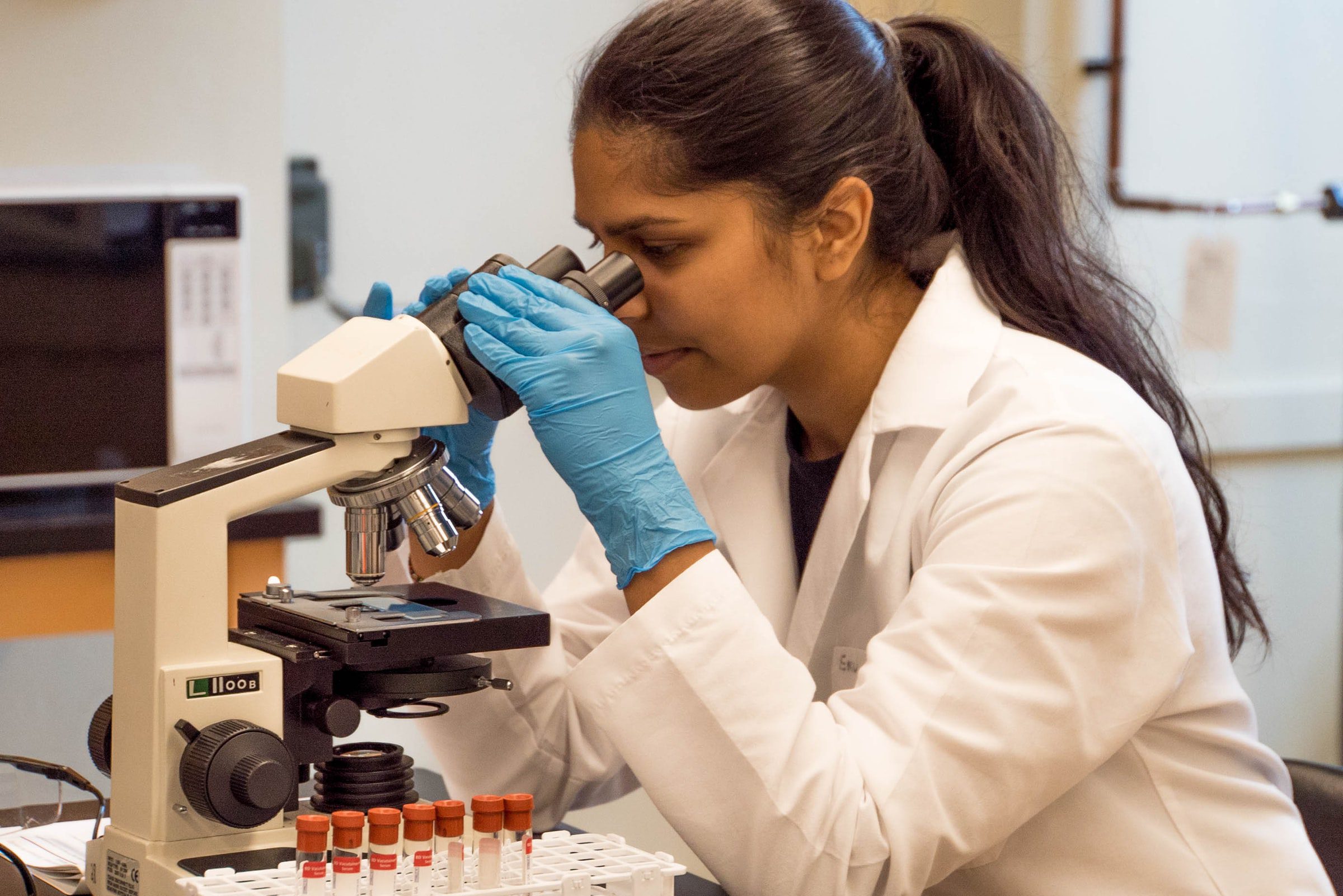Carbon capture and storage technology are evolving quickly. As many large corporations move toward carbon sequestration to meet net-zero sustainability goals, more and more companies are finding unique uses for this captured and stored carbon. The rapid technological expansion is leading to creative repurposing efforts, including turning it into plastic-like fibers, fuel, feed for livestock — and even diamonds.
While natural carbon sequestration occurs through forests and agriculture, it takes a long time. New carbon tech companies are capturing carbon at lightning-fast speeds and constantly look for new ways to turn that carbon into things useful for everyday life.
The good news is that this industry can potentially remove the harmful excess of 1,000 billion tons of carbon dioxide currently trapped in Earth’s atmosphere.
Companies such as Carbon Engineering and Climeworks are pioneering new methods to extract and reuse carbon, and they aren’t the only ones. Many companies have innovative, waste-reducing technology that makes a difference in corporate sustainability goals worldwide.
California-based Blue Planet Systems uses captured carbon as a raw material substitute for limestone, which can replace concrete. San Francisco International Airport has also used its product. Canada’s Carbon Upcycling Technologies is also creating concrete and plastic from carbon, using a pressurized technique that can produce more than 20,000 pounds of materials daily.
Across the pond, CCm Technologies is using captured carbon for fertilizers and plastics. The United Kingdom company has developed a fiber that absorbs carbon and then incorporates it into plastics. PepsiCo has already teamed up with the firm to help reuse potato waste. In Holland, DyeCoo has developed a water-free, chemical-free process to use reclaimed carbon to dye textiles. This advancement is important news for the textile industry, which is second only to the automobile industry in carbon emissions, with more than 1.2 billion metric tons annually. DyeCoo is in talks to partner with Nike, Adidas, and DuPont Biomaterials.
Kiverdi piggybacked on NASA technologies to transform carbon into aqua feed for wild fish, a breakthrough that could mean more wild fish are available for human consumption. The California company uses renewable energy to mix captured carbon with other elements from its bioreactors to make the fishmeal. In Silicon Valley, NovoNutrients has teamed up with Chevron on a similar captured-carbon fish food based on protein flours.
And — just like Superman crushing coal into diamonds — Aether Diamonds is working on carbon-negative diamonds with captured carbon. Each diamond offsets more than two years of one American individual’s carbon emissions.
The move to capture and store carbon has valuable green benefits as numerous companies get creative. Whether feeding fish, making diamonds, or creating more sustainable plastics, carbon sequestration is a positive move toward net-zero emissions and a healthier planet.





